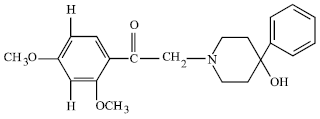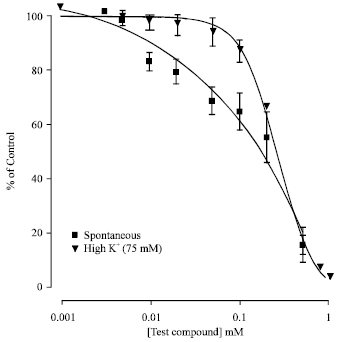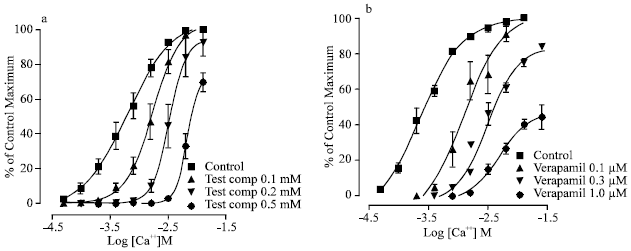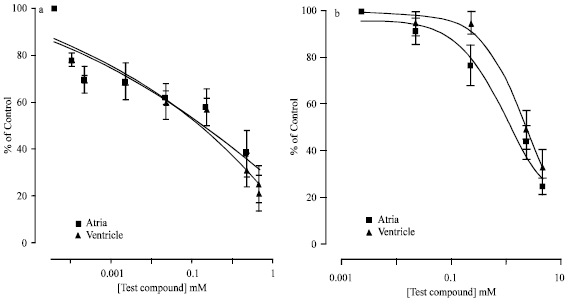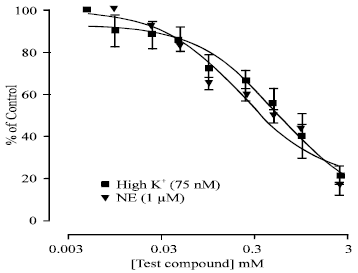Research Article
Synthesis and Pharmacological Screening of 1-(2′, b s4′-dimethoxyphenacyl)-4-hydroxy-4-phenylpiperidinium bromide
Urdu University of Arts, Science and Technology, University Road: Karachi, Pakistan, Faculty of Pharmacy, University of Karachi, Karachi, Pakistan
Mohammad T. Aftab
Post Graduate Medical Institute, Baqai Medical University, Karachi, Pakistan
Muhammad N. Ghayur
Post Graduate Medical Institute, Baqai Medical University, Karachi, Pakistan
Anwar H. Gilani
Department of Biomedical and Biological Sciences, The Aga Khan University, Stadium Road, Karachi-74800, Pakistan
Zafar S. Saify
Faculty of Pharmacy, University of Karachi, Karachi, Pakistan









